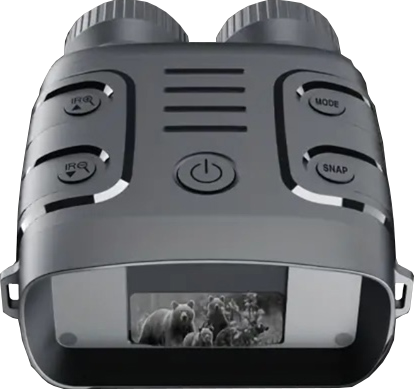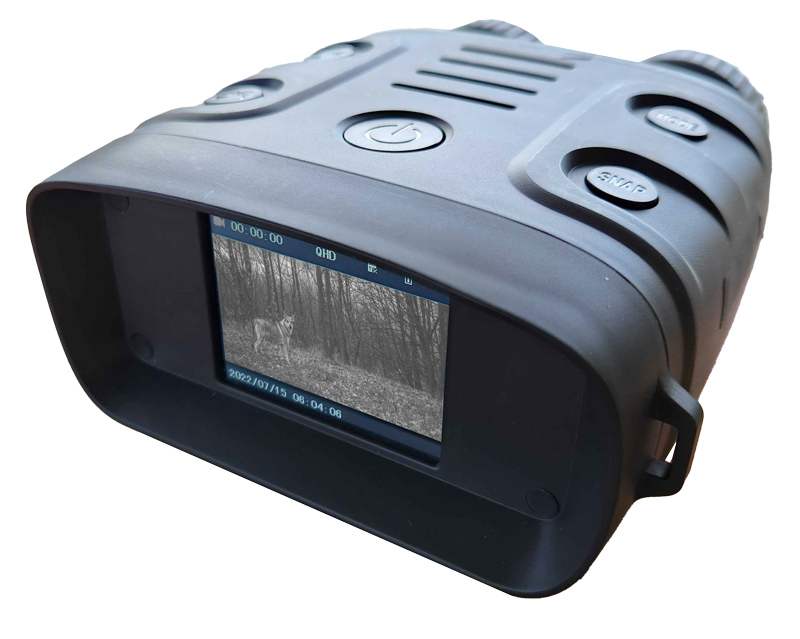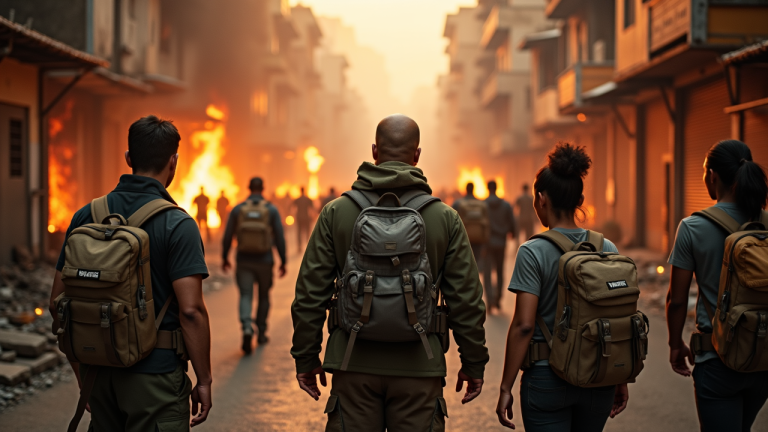Unlocking the Night: The Evolution and Impact of Dark Force Night Vision Technology
In the cloak of night, where visibility dwindles to near nothingness, the advancements in night vision technology have been nothing short of revolutionary. Among the leaders in this critical field is Dark Force Night Vision, a technology that has significantly changed how operations are conducted in darkness. This technology not only enhances safety but also expands capabilities in various sectors including military operations, law enforcement, and civilian activities.

Night vision technology has come a long way from its initial days during the Second World War
Initially developed to locate enemy targets under the cover of darkness, today’s applications are widespread and more sophisticated.
Dark Force Night Vision represents the pinnacle of this evolution, employing cutting-edge technologies to provide clear, high-resolution images even in pitch-black conditions.
At its core, Dark Force Night Vision operates using a combination of several advanced techniques. The most prominent among these is the use of enhanced spectral range and improved thermal imaging. These technologies work by capturing higher wavelengths of light and heat signatures respectively, which are then processed to produce a visible image. What sets Dark Force apart is its integration of artificial intelligence to enhance image quality and recognition capabilities in real-time.
For the military, the implications of such advanced night vision are profound. Operations that were previously perilous due to poor visibility can now be executed with greater precision and safety. Sniper units, reconnaissance teams, and even drone operators find this technology indispensable. It allows them to engage hostile targets or navigate treacherous terrains at night with confidence, knowing that they have near-daylight visibility.
Law enforcement agencies have also found great utility in Dark Force Night Vision. During nighttime surveillance or tactical operations like hostage rescues and drug busts, having a clear view of the surroundings can make a significant difference in outcome. It not only ensures the safety of officers but also minimizes collateral damage and enhances the likelihood of mission success.
Furthermore, the application of Dark Force Night Vision extends beyond professional use into recreational and commercial realms. Wildlife enthusiasts utilize this technology for nocturnal animal observations without disturbing their natural behaviors caused by artificial lighting. Similarly, commercial entities employ night vision for security purposes, ensuring continuous monitoring of properties during nighttime.

The development and deployment of Dark Force Night Vision also raise important ethical and privacy considerations. The ability to see in the dark can potentially lead to misuse if not regulated properly. It is crucial that as this technology advances, so too do the policies governing its use. Ensuring that these powerful tools are used responsibly and ethically must be a priority for all stakeholders involved.
In conclusion, Dark Force Night Vision technology marks a significant milestone in the evolution of visual enhancement technologies. By turning night into day, it offers numerous benefits across a variety of fields from military operations to civilian applications. However, as with any advanced technology, it comes with responsibilities that must be diligently managed to avoid potential misuse. As we continue to explore and expand its possibilities, it is imperative that innovation be matched with stringent ethical standards to fully harness its benefits while minimizing risks.











